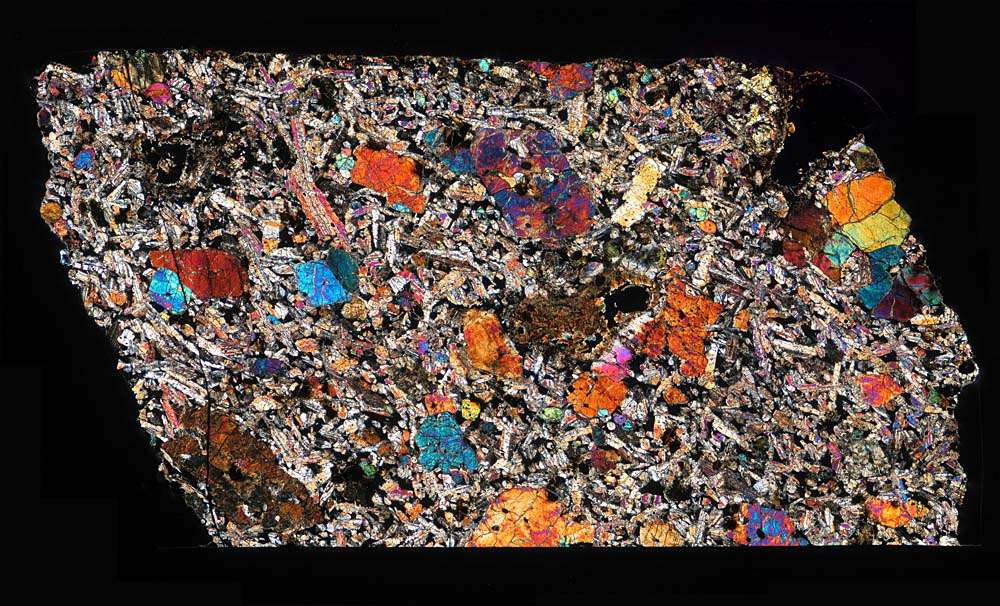Sayh al Uhaymir 008 (SaU008), a meteorite found in Oman in 1999, has been selected to be carried on board NASA’s Mars 2020 rover mission. It will be the first ever Martian rock to be returned to the mother planet.
The meteorite will serve as target practice for a high-precision laser on the rover’s arm.
The ambitious Mars 2020 rover will collect samples from the red planet’s surface that a future mission could potentially return to Earth, NASA said.
One of the rover’s many tools will be a laser designed to illuminate rock features as fine as a human hair.
That level of precision requires a calibration target to help tweak the laser’s settings.
The team behind the laser instrument called SHERLOC (Scanning Habitable Environments with Raman and Luminescence for Organics and Chemicals) selected SaU008. Besides being more rugged than other samples, a piece of it was available courtesy of Caroline Smith, principal curator of meteorites at London’s Natural History Museum.
SaU008 will be the first Martian meteorite to have a fragment return to the planet’s surface- though not the first on a return trip to Mars, the US space agency said.
Previous NASA rovers have included calibration targets as well. Depending on the instrument, the target material can include things like rock, metal or glass, and can often look like a painter’s palette, according to NASA.
Earth has a limited supply of Martian meteorites, which scientists determined were blasted off Mars’ surface millions of years ago.
These meteorites are not as unique as the geologically diverse samples 2020 will collect.
“We’re studying things on such a fine scale that slight misalignments, caused by changes in temperature or even the rover settling into the sand, can require us to correct our aim,” said Luther Beegle of JPL, principal investigator for SHERLOC.
“By studying how the instrument sees a fixed target, we can understand how it will see a piece of the Martian surface,” said Beegle.
SHERLOC will be the first instrument on Mars to use Raman and fluorescence spectroscopies, scientific techniques familiar to forensics experts.
Whenever an ultraviolet light shines over certain carbon-based chemicals, they give off the same characteristic glow that you see under a black light.
(With inputs from PTI)

